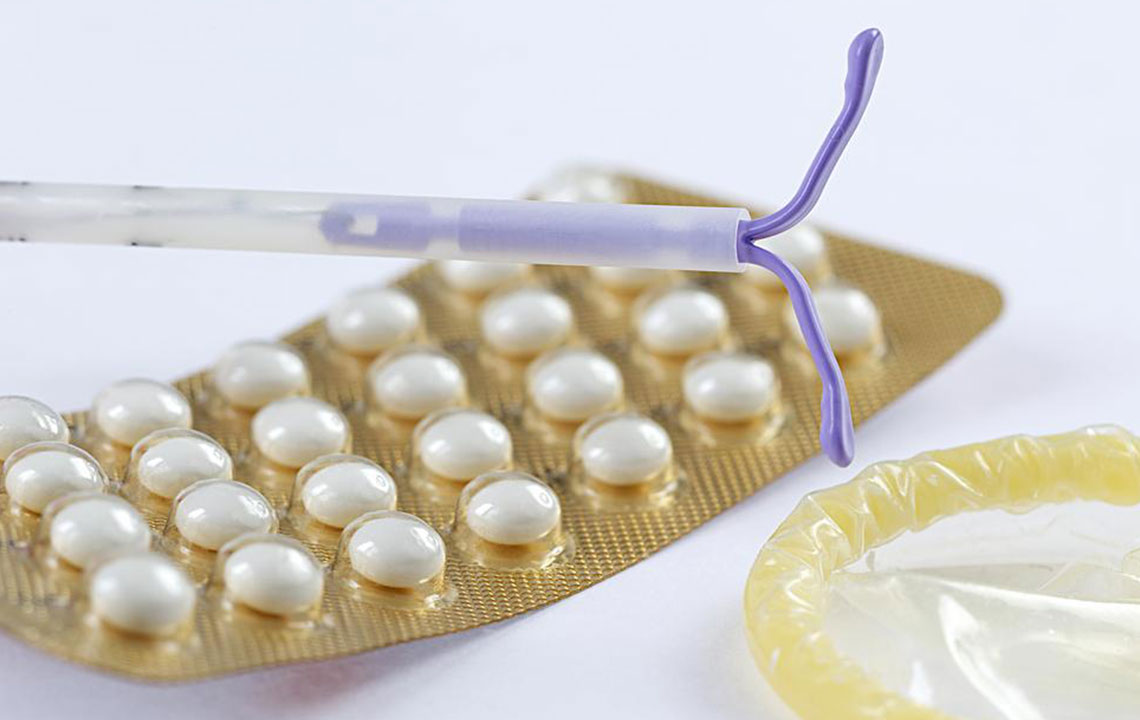Comprehensive Overview of Popular Contraceptive Methods for Effective Family Planning
This comprehensive guide provides detailed insights into popular contraceptive methods, including hormonal, barrier, long-term, and permanent options. It emphasizes the importance of choosing suitable family planning methods based on individual health and lifestyle, highlighting benefits, drawbacks, and considerations to help individuals make informed decisions for effective reproductive health management.

In today's world, understanding the various contraceptive options available is crucial for individuals and couples aiming to plan their families effectively. With a multitude of choices tailored to different health conditions, lifestyles, and reproductive goals, making an informed decision can significantly impact one's well-being and life plans. This comprehensive guide explores the most common contraceptive methods, their benefits, potential drawbacks, and considerations to help you select the most suitable family planning method.
Contraceptive methods can generally be categorized into hormonal, barrier, long-term, and permanent options. Each type offers distinct advantages and limitations, and the best choice depends on individual health status, convenience, comfort level, and whether preventing sexually transmitted infections (STIs) is also a priority.
Hormonal Contraceptive Methods
Hormonal contraceptives are among the most widely used methods due to their high effectiveness and ease of use. These include pills, patches, vaginal rings, and injectables, all of which release hormones that prevent ovulation, thicken cervical mucus, or alter the uterine lining to prevent pregnancy.
Birth Control Pills
Oral contraceptive pills, commonly known as birth control pills, are taken daily and contain estrogen and progestin. They are highly effective when used correctly but require consistency in daily intake. They also offer non-contraceptive benefits like regulation of menstrual cycles and reduction of ovarian cysts.
Contraceptive Patches
The patch is an adhesive that delivers hormones transdermally and is typically replaced weekly. It provides a convenient alternative to daily pills and offers the same level of effectiveness when used properly.
Vaginal Rings
The vaginal ring is inserted into the vagina for three weeks and then removed for a week, during which a new ring is inserted. It delivers hormones directly to the bloodstream, offering a maintenance-free option for women seeking reliable contraception.
Injectable Contraceptives
These are administered via injection every three months and are suitable for women who prefer not to think about daily or weekly contraceptive routines. They also reduce the menstrual bleeding cycle and may help with hormonal regulation.
Barrier Methods
Barrier contraception involves physical or chemical barriers that prevent sperm from reaching the egg. They are often used in combination with spermicides for increased effectiveness and are suitable for those seeking non-hormonal options.
Condoms
Condoms are among the most popular barrier methods, offering the dual benefit of pregnancy prevention and protection against STIs. They are affordable, easy to use, and widely available, though their effectiveness depends on correct usage.
Diaphragms and Cervical Caps
These are reusable silicone or latex devices inserted into the vagina to cover the cervix before intercourse. They are used with spermicide to increase efficacy but require proper fitting and insertion skills.
Spermicides
These are chemical agents that immobilize or kill sperm and are used in conjunction with barrier methods for added protection. They are available in gels, foams, suppositories, and films.
Long-term Contraceptive Options
These methods are designed for extended use and offer a high level of effectiveness with minimal daily maintenance. They include intrauterine devices (IUDs) and implants.
Intrauterine Devices (IUDs)
IUDs are small T-shaped devices inserted into the uterus by a healthcare provider. They can last from 3 to 10 years depending on the type. Copper IUDs are hormone-free, while hormonal IUDs release progestin, making them suitable for women seeking long-term but reversible contraception.
Contraceptive Implants
Implants are tiny rods placed under the skin of the upper arm that release hormones steadily for up to 3 years. They are highly effective and discreet, with minimal maintenance required.
Permanent Contraceptive Methods
For individuals who are certain they do not want children in the future, permanent methods offer a definitive solution. These include tubal ligation for women and vasectomy for men.
Tubal Ligation
This surgical procedure involves blocking or sealing the fallopian tubes to prevent eggs from reaching the uterus. It is considered a permanent solution and requires careful consideration and consultation with a healthcare provider.
Vasectomy
Vasectomy involves cutting or sealing the tubes that carry sperm from the testicles. It is minimally invasive, highly effective, and typically performed on an outpatient basis.
Choosing the Right Method
Selecting the most suitable contraceptive method involves considering factors such as overall health, potential side effects, convenience, cost, and whether protection against STIs is necessary. Consultation with a healthcare provider is essential to evaluate individual circumstances and ensure an informed decision.
Moreover, it is vital to understand that no contraceptive method offers 100% protection, except for abstinence. Therefore, discussions with healthcare professionals can help set realistic expectations and explore complementary strategies if needed.
In today’s diverse society, access to a variety of contraception options empowers individuals to take control of their reproductive health. Staying informed and communicating openly with healthcare providers are key steps towards effective family planning and ensuring overall health and well-being.





